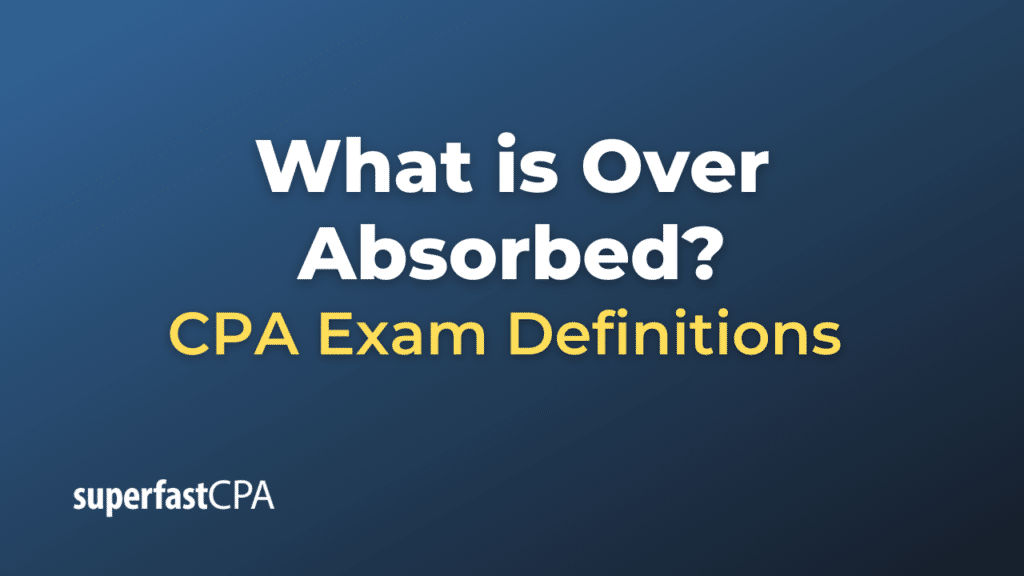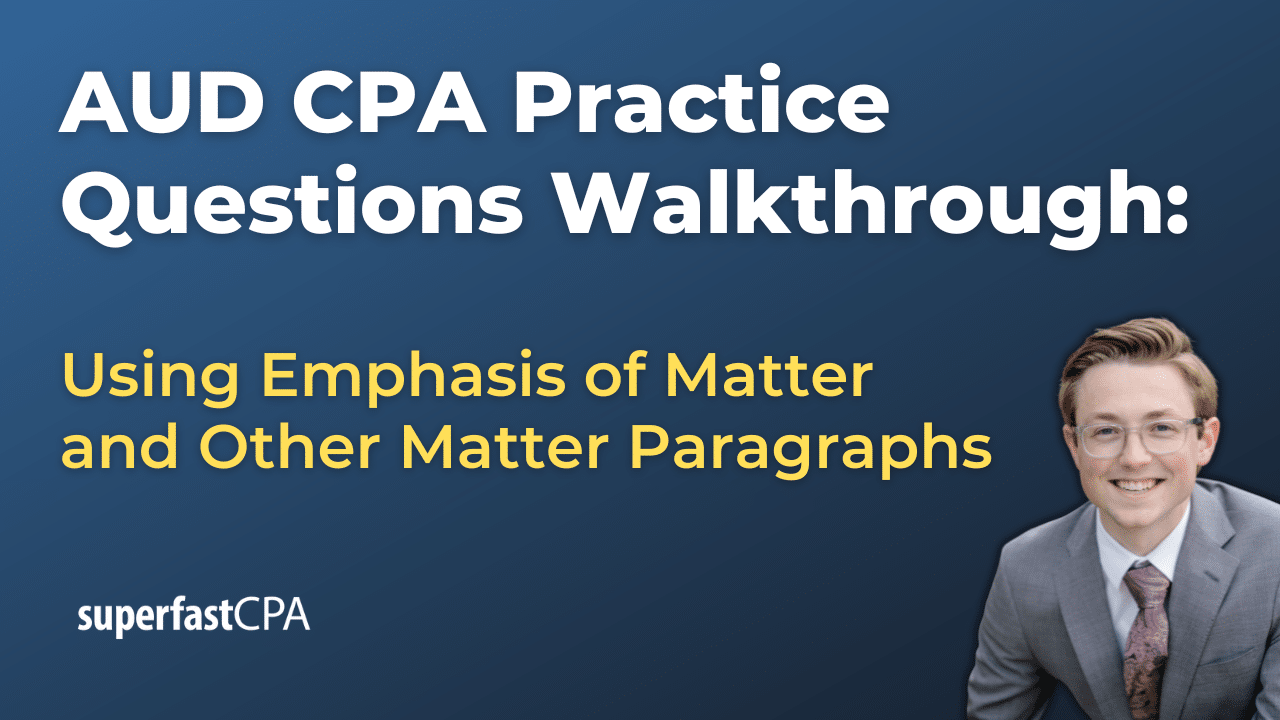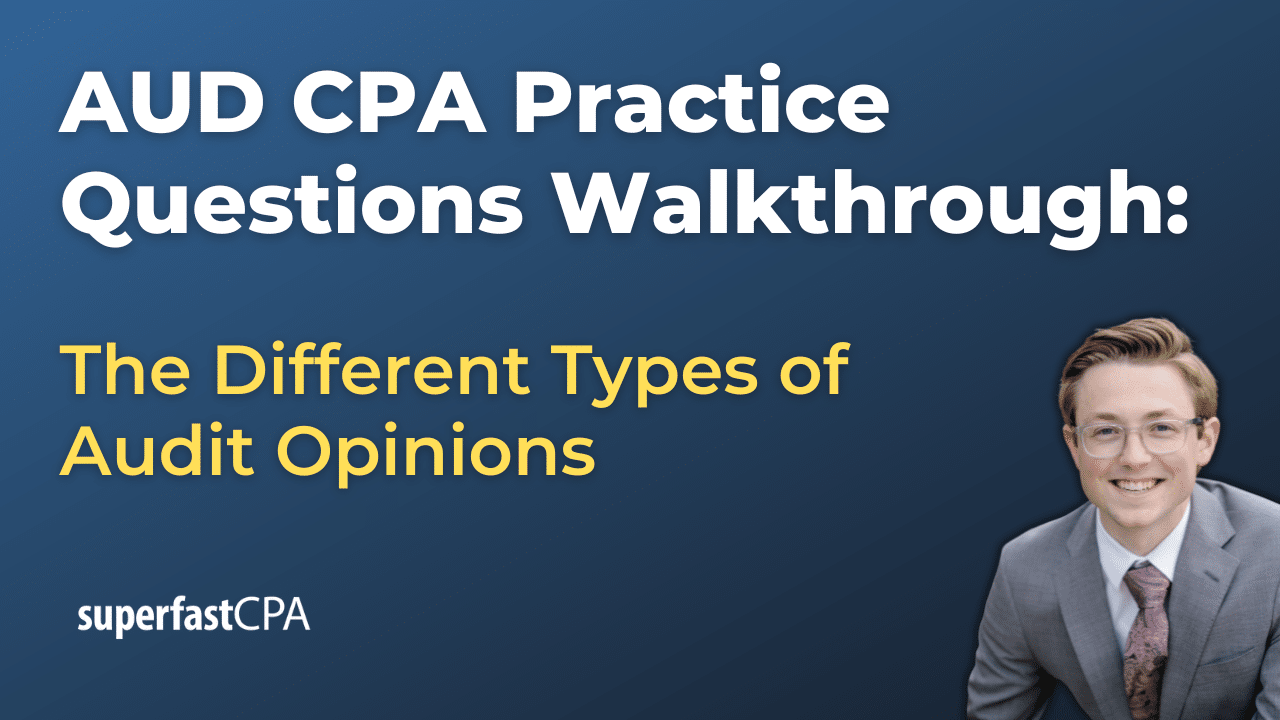Over Absorbed
In cost accounting, the term “over absorbed” refers to a situation where the overheads allocated or applied to a product, job, or service exceed the actual overheads incurred. This is also known as “over applied overheads.”
Overhead absorption is a part of cost accounting where overheads are allocated to a cost unit (like a product or service) based on an overhead rate. This overhead rate is typically determined based on a budgeted or estimated figure at the start of an accounting period. The rate could be based on direct labor hours, machine hours, or any other suitable cost driver.
However, due to various reasons, like an overestimation of the overheads or more efficient operations, the actual overheads incurred during the period might be lower than the allocated overheads. This results in overheads being “over absorbed.”
Over absorption can lead to overstating the cost of goods sold (COGS) and underestimating profits, as more costs are allocated than actually incurred. It’s important to correct over absorption to ensure accurate financial reporting and performance evaluation.
Let’s consider an example:
A company estimates that it will have $100,000 in manufacturing overhead costs for the year and expects to use 20,000 direct labor hours. The predetermined overhead rate would be $5 per direct labor hour ($100,000 / 20,000 hours).
Let’s say a job requires 1,000 direct labor hours, so $5,000 of overheads would be applied to this job. However, the actual overhead costs incurred for this job were only $4,500. In this case, overheads for this job have been over absorbed by $500.
This means the company needs to adjust its costs and profits accordingly to reflect the actual overhead costs.
Example of Over Absorbed
Imagine there’s a toy manufacturing company named ToyJoy. At the beginning of the year, ToyJoy estimates that its overhead costs (such as rent, utilities, and insurance) will total $200,000, and they expect to manufacture 100,000 toys.
Based on this, they calculate a predetermined overhead rate of $2 per toy ($200,000 estimated overhead costs / 100,000 estimated production units).
Throughout the year, ToyJoy applies this $2 per unit to the cost of each toy they manufacture to help understand the total cost of producing each toy.
Now, let’s say by the end of the year, ToyJoy has indeed manufactured the expected 100,000 toys. They’ve applied $200,000 of overhead costs to these toys ($2 per toy * 100,000 toys = $200,000).
However, when they review their actual overhead expenses, they find that they only incurred $180,000 in overhead costs for the year. This means they’ve applied $20,000 more in overhead costs to their toys than they actually incurred.
In other words, ToyJoy has over absorbed its overhead costs by $20,000. This situation will likely lead ToyJoy to make adjustments in its accounting records to reflect the actual overhead costs, as over absorption can cause the cost of goods manufactured to be overstated and profits to be understated.














